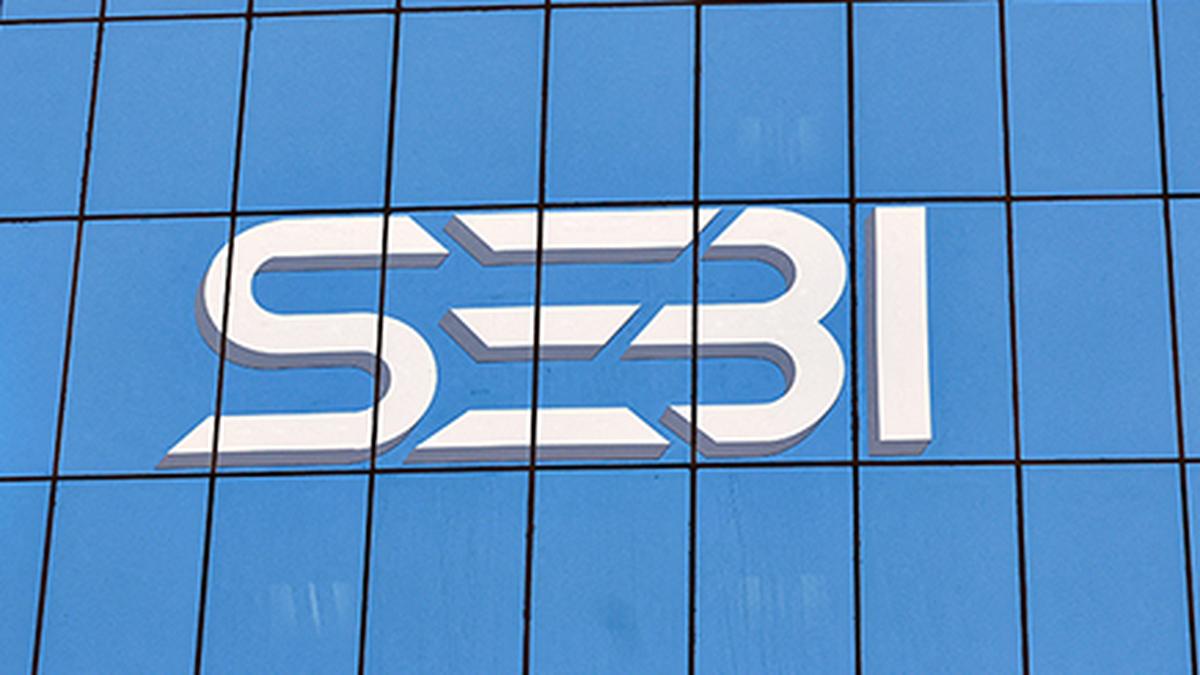Just like the alchemists of yore who tried to turn lead into gold using the philosopher's stone, modern day scientists are exploring the possibility of creating gold in a lab. While ancient or medieval alchemy may not have achieved the goal, modern chemistry and physics seem to have moved us closer, for now.
As per various resources, the total amount of gold above the ground was estimated at 212,582 tonnes at the end of 2023. Another 31,458 tonnes are expected to be mined for use, based on current technology, over the next 20 years.

A finite supply is what makes gold rare and valuable. The price of gold hit a record high of nearly $2,800 an ounce this year.
Explained | Why copper is now more attractive than diamond
Would gold still be precious if we can find other sources?
Ocean floors hold the promise of gold reserves, but, possibly, in a heavily diluted form in water, making it unviable to process it.
Recently, some astronauts have projected the likelihood of gold, among other metals and minerals, on near-earth bodies like asteroids. It's still in the realm of hypothesis and may remain so for a long time due to the astronomical cost of space missions needed to extract gold from asteroids and bring them back to Earth.
The science of making gold in lab
Gold is the chemical element with 79 protons in each atomic nucleus. In theory, gold can be made by removing one proton from the 80 that mercury has. Or, by adding one to the 78 protons of platinum, using nuclear reactors.
The goal is to rearrange their atomic structure, transforming them into gold. It would still cost a lot of energy and money for a tiny amount of gold.
There are other potential ways of turning stuff into gold using chemical reactions, bacteria strains and laser lights.
None of these methods has proven consistent, efficient, cost-effective, scalable or profitable. Remember, even a minor impurity in the material properties of gold would defeat the purpose. Most importantly, the value of anything depends on customer perception.

For thousands of years now, gold has served as a store of value, a symbol of wealth, power, and prestige. It has adorned the crowns of kings, sacred relics, religious places, and bank vaults. File photo source: Reuters
Now, you can buy digital gold, mutual funds, and exchange-traded funds, all of which are financial instruments serving as investments in gold.
Gold is also used in the making of electronics, dentistry and medical tools, defence and aerospace equipment, as well as automobiles because the metal is an excellent conductor of electricity and resists corrosion.
Would lab-grown gold have the same cultural and financial value as mined gold? Share this article with your friends and family and ask them what they think.
ALSO READ: How lab-grown diamonds are shaking up the Indian jewellery industry
WATCH: Lab-grown diamonds vs naturally occurring ones

 1 month ago
1 month ago















